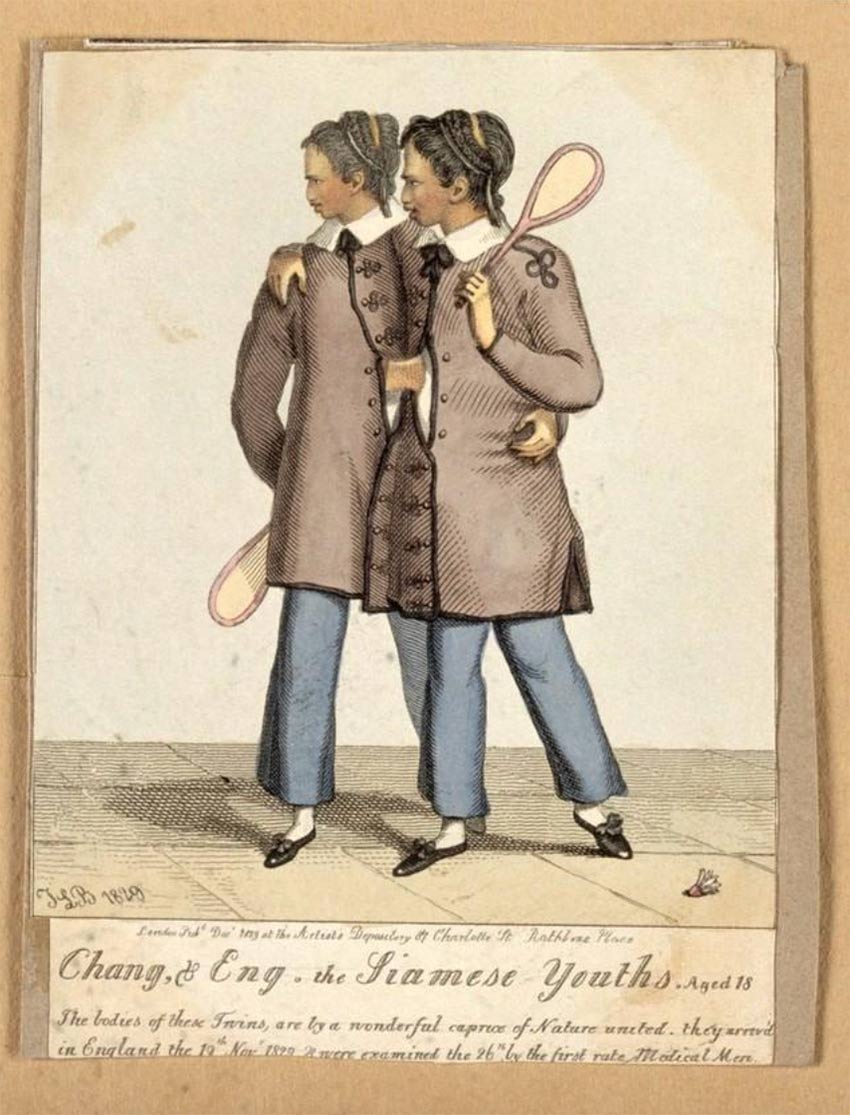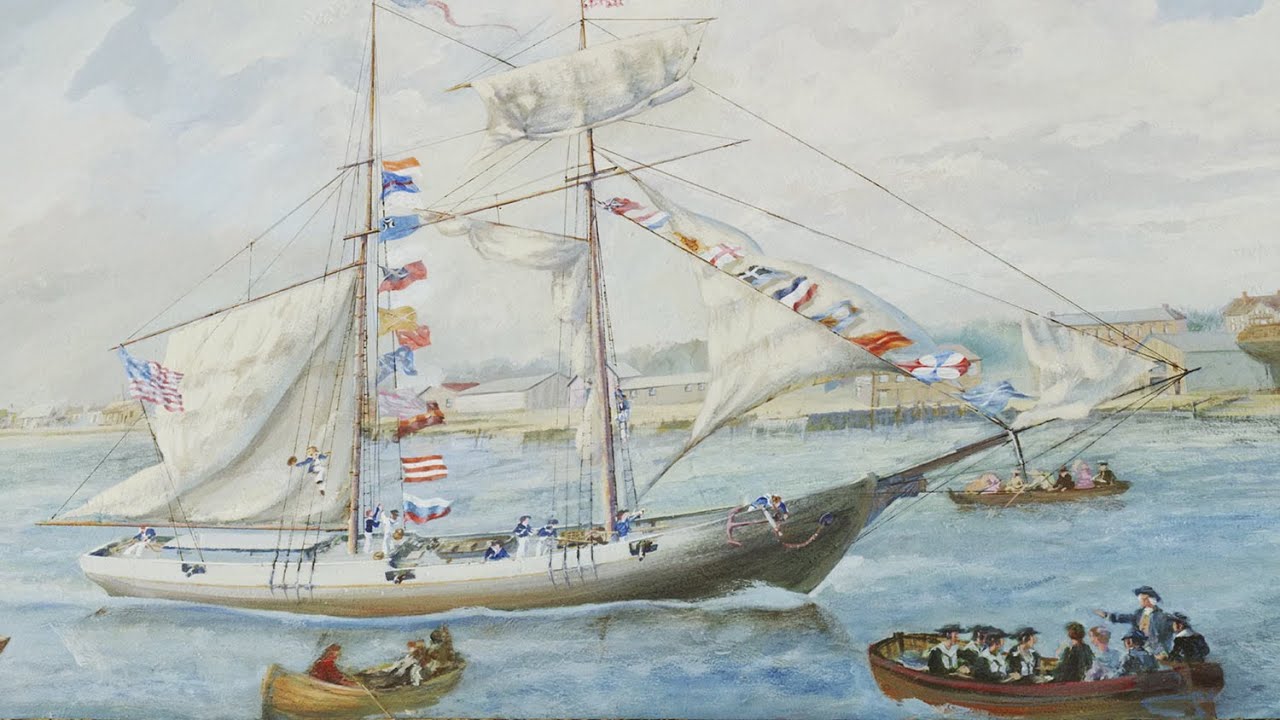Newburyport’s Global Heritage
During Newburyport’s merchant heyday in the mid-19th century, her captains visited every corner of the globe, returning with exotic cargos and souvenirs that bespoke her global reach. But the town’s true global heritage can be seen in the people who have called this area home for 400 years.
Starting in the 16th and early 17th centuries, local Penacook tribe members met and traded furs and fish with early explorers from England, France, and Holland at “Watt’s Cellar”, near modern-day Market Square.
In 1789, in the run-up to the French Revolution, many refugees from French islands in the West Indies came to town. While some returned to the islands when peace was restored, others died here, and their gravestones, dating from 1792-1797 can be found in a row on the northwesterly side of Old Hill burying ground.

Artist – JLB (unknown)
1829
Image courtesy of the Wellcome Collection.
The 1840s saw the arrival of Irish and German immigrants to work in the town’s new steam mills. By November of 1850, historian Eugenia Smith notes that out of a total population of 9,572 people in Newburyport, 1,362 were “foreign born”.
Post-Civil War, there were small clusters of Jewish families, mostly from Eastern Europe, who settled in the city. Most lived in the Ferry Wharf area, along Water Street between Market Square and Joppa in Newburyport’s south end. In 1896, 17 members of this community were granted a charter establishing one of the oldest Jewish congregations in Massachusetts.
Plan Your Visit
Plan Your Visit
- Museum Hours
Sunday: 12 pm - 5 pm
Closed Monday
- Tickets
$8 admission for adults
Free for NBPT residents, kids under 12, and museum members
Cost of admission includes access to the Discovery Center.
- Parking
City parking is available adjacent to the museum. View parking lot directions.

250th Anniversary - American Revolutionary War Newburyport
